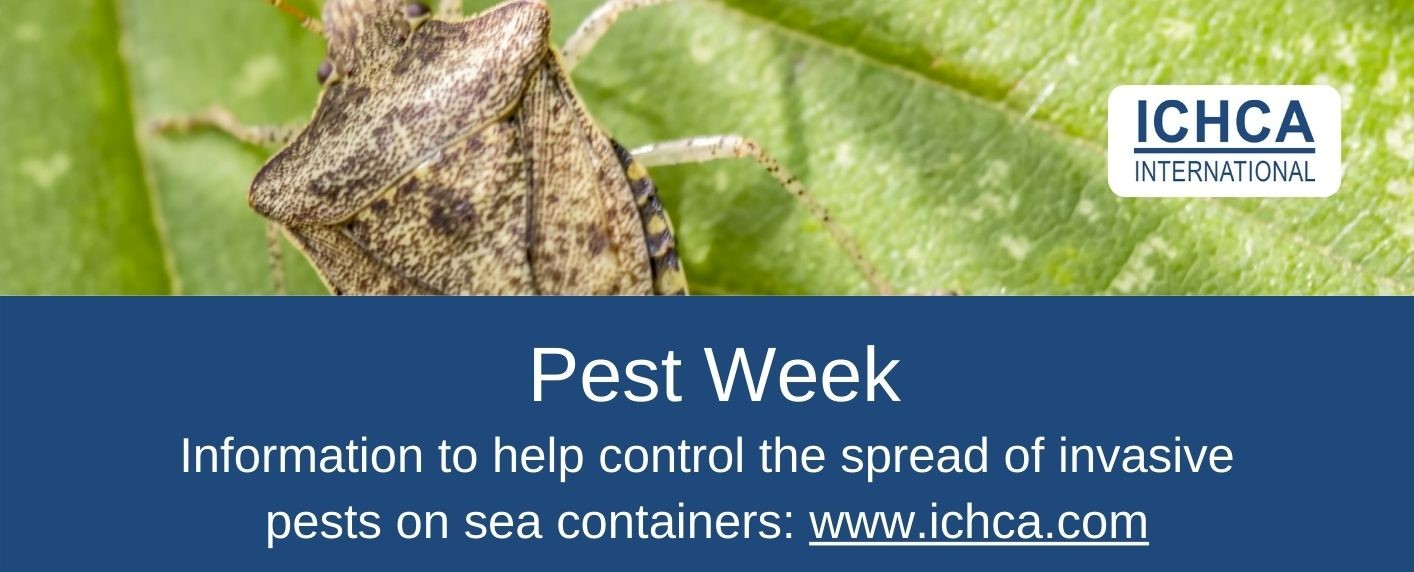Pest Week 2024: The Safeguarding Continuum from IPPC
Today we consider the IPPC’s ‘safeguarding continuum’ and how the cargo handling industry can play its part in preventing invasive pest transfer.
The Commission for Phytosanitary Measures has published a video, presented by Dr Osama El-Lissy, IPPC Secretary General, summarising the ‘safeguarding continuum’ principles which aims to be a “practical and effective approach to safeguard against the accidental introductions of pests via sea containers”. Ports and terminals along with other supply chain stakeholders are expected to play their part and industry is invited to come forward with ideas about what this approach could look like.
Managing the risk – IPPC Safeguarding Continuum
The IPPC Safeguarding Continuum has four phases.
- Phase 1 “Starts at the port of departure or storage facilities and encompasses the mandatory cleaning and inspection of empty containers. It begins with containers being washed, vacuumed or simply swept to ensure freedom from pests or contaminants. Container depots have a particularly important role to play as they often act as the end and start points of container movement.”
- Phase 2 “Includes the loading of cargo into the container. The receiving party should verify that the containers have been adequately cleaned before loading them with cargo. The loading of the cargo should also be done in such a way to prevent the accidental introduction of pests into the containers.”
- Phase 3 “Includes the operation of transfer and placing the containers onto the vessels. This includes the external visual examination to verify freedom from pests that may be attached on the outside of the container.”
- Phase 4 As a result of the preceding 3 phases there is less need for extensive inspection at the port of arrival which could facilitate an expedited and safe release of the sea container at the port of entry.
The video
Find the IPPC Safeguarding Continuum video at: https://www.youtube.com/watch?v=2Re8vC-BhNA
IPPC material © IPPC

